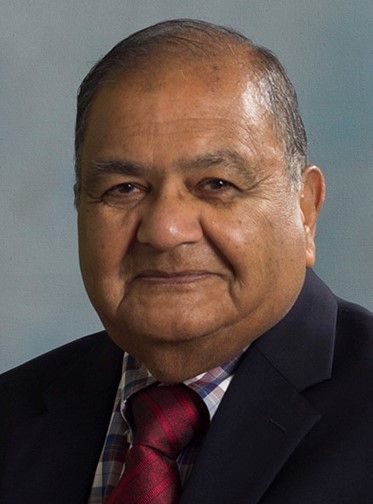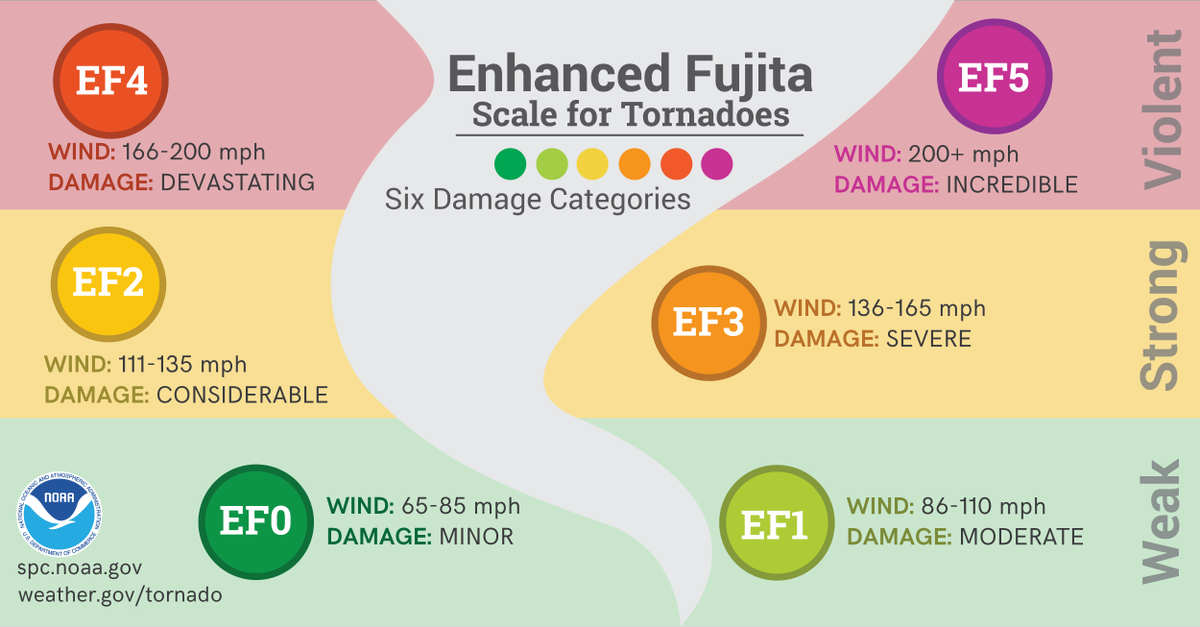Any weather enthusiast knows that the higher the “EF” rating, the more powerful the tornado.
But what the average Weather Channel watcher might find surprising is that the science behind the number has as much to do with the efforts of engineers as it does the work of meteorologists.
One of those engineers is Dr. Kishor C. Mehta, who is among the distinguished speakers for the Spring 2019 Fazlur Rahman Khan Distinguished Lecture Series at Lehigh University. Mehta, the P.W. Horn Professor of Civil, Environmental, and Construction Engineering at Texas Tech University, led the development of the Enhanced Fujita (EF) Scale, which has been used in the United States since 2007 to categorize the intensity of tornadoes.
These destructive, fast-moving, unpredictable windstorms are challenging to measure because it is difficult to place scientific instruments in their paths. For that reason, assessments of their strength rely heavily on indirect methods, using engineering-based estimates of wind speeds derived from the physical evidence of damage.
Mehta’s presentation, “Evolution of Assessment of Wind Speeds in Tornadoes,” will trace the roots of the EF Scale back to the work of Dr. Ted Fujita, who developed the original Fujita Scale in 1970, and will explore current and forward-looking efforts to improve the system through remote sensing procedures using radar. The lecture takes place at 4:30 p.m., Friday, February 22, in Whitaker Lab 303.
"My colleagues and I had an idea way back in the mid-1970s that perhaps the Fujita Scale F-4 and F-5 wind speeds were too high, because it’s all based on damage,” Mehta explains in an interview with Texas Tech Today. “Fujita was a great meteorologist, but he wasn't an engineer. He didn't completely understand the building damage, but we did.”
The Khan Lecture Series, co-sponsored by the Departments of Civil and Environmental Engineering and Art, Architecture, and Design, honors Dr. Fazlur Rahman Khan’s legacy of excellence in structural engineering and architecture. Khan’s pragmatic vision ushered in a renaissance in skyscraper construction during the second half of the 20th century. His progressive ideas for efficient high-rise construction resulted in many works, including Chicago’s 100-story John Hancock Center as well as the 110-story Willis (formerly Sears) Tower, the second-tallest building in the United States after One World Trade Center and the 16th tallest in the world.
“Dr. Mehta’s groundbreaking work has changed the way we think about tornadoes and how we design structures to withstand them,” says Dr. Dan M. Frangopol, the inaugural holder of the Fazlur Rahman Khan Endowed Chair of Structural Engineering and Architecture at Lehigh. “We are excited to have a worldwide authority on wind engineering join us for the 2019 Khan Lecture Series.” Frangopol initiated the lectures in 2007 and has since served as the organizer of the series.
Mehta worked at the National Science Foundation in Washington, DC, from 2011 to 2015, serving as program director for Structural and Architectural Engineering and co-program director for Engineering for Natural Hazards. He received bachelor’s and master’s degrees in civil engineering from the University of Michigan and a doctorate in structural engineering from the University of Texas at Austin. He is former director of the Wind Science and Engineering Research Center (now the National Wind Institute) at Texas Tech. He was elected to the Distinguished Membership of the American Society of Civil Engineers in 2002 and to the National Academy of Engineers (USA) in 2004. Mehta has been pursuing research in wind loads on buildings and structures since 1970. From 1976 to 1995, he chaired the committee of the American Society of Civil Engineers that produced the ASCE 7 wind load standards. At Texas Tech, he developed an interdisciplinary doctoral degree program in Wind Science and Engineering with NSF funding. He has more than 170 publications to his credit.
The 2019 Khan Lecture Series continues on March 29 with SawTeen See, a highly experienced structural engineer who is president of See Robertson Structural Engineers in New York City. In “Some Long-Span and Some Tall Buildings,” See will share highlights of her collaborations with architects in the design of pedestrian bridges, museums, convention centers, and some of the world’s tallest buildings, including the 644-meter PNB 118 Tower now under construction in Kuala Lumpur, Malaysia.
Karl H. Frank ’69G, ’71 Ph.D. will wrap up the series on April 12 with his presentation, “The Role of Quality Control in Some Notable Bridge Problems.” Frank is professor emeritus of structural engineering, mechanics, and materials at the University of Texas at Austin.
Story by Katie Kackenmeister, assistant director of communications, P.C. Rossin College of Engineering and Applied Science


